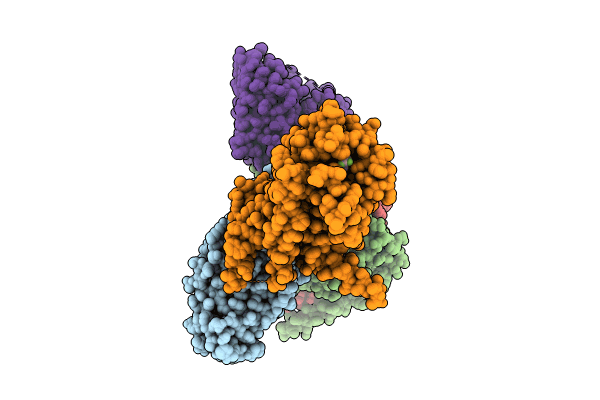
Deposition Date
2024-01-18
Release Date
2024-11-27
Last Version Date
2025-01-22
Entry Detail
PDB ID:
8RQL
Keywords:
Title:
TAS2R14 receptor bound to flufenamic acid and gustducin
Biological Source:
Source Organism:
Homo sapiens (Taxon ID: 9606)
Mus musculoides (Taxon ID: 60742)
Mus musculoides (Taxon ID: 60742)
Host Organism:
Method Details:
Experimental Method:
Resolution:
3.03 Å
Aggregation State:
PARTICLE
Reconstruction Method:
SINGLE PARTICLE


